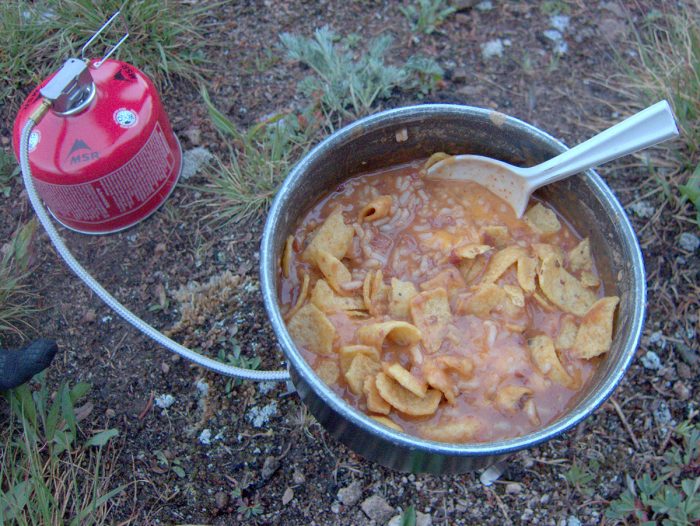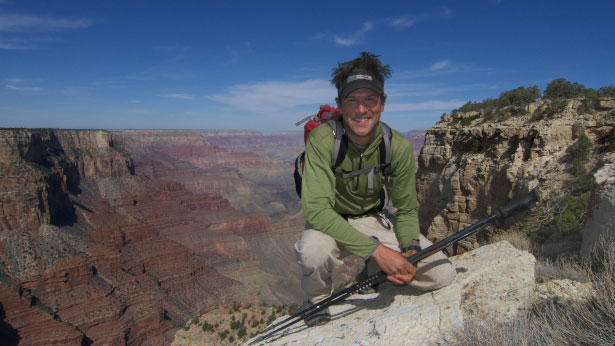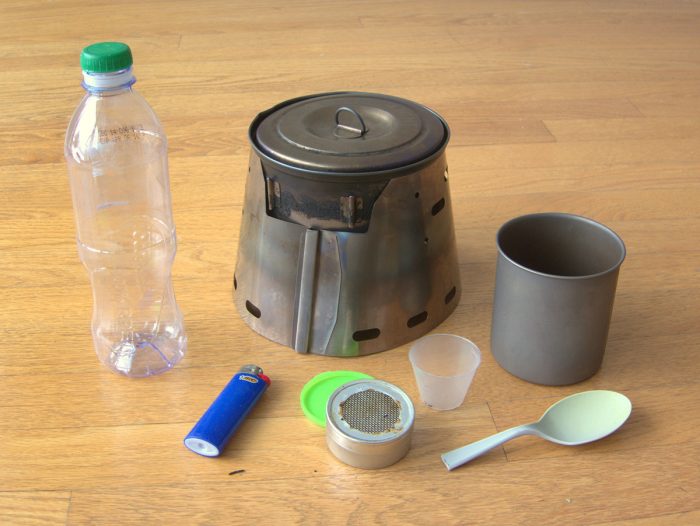During an overnight trip last month in the Colorado Rockies with Andrew Skurka, it was quickly evident to me that he’s not your average backpacker.

A renowned hiker who’s circumnavigated Alaska and the Yukon by foot, Skurka hikes faster than most ultra runners. But more interesting are some of his contrarian ways — what he wears, carries, and eats is often inconsistent with conventional backpacking wisdom. — Sean McCoy
Here, Skurka elaborates on a few of the most unexpected items in his pack.
1. DIY breakfasts and dinners
Commercial freeze-dried meals are convenient and tasty. But at $9 for a 5-ounce dinner, which equates to $29 per pound, they’re financially impractical for a season of backpacking or guided trips. Instead, I have about ten DIY recipes that are much less expensive but are still convenient (e.g., few ingredients, quick at-home prep) and hearty.
For our trip, I brought my most reliable crowd-pleaser: Beans & Rice with Fritos & Cheese. The recommended serving is 5.7 ounces and has 675 calories. Go here for all of my recipes.

2. Breathable trail running shoes
Waterproof hiking boots are my go-to when temperatures are below freezing and the snowpack is “dry.” In Colorado, these conditions normally prevail between October and April.
Otherwise, I prefer breathable trail running shoes. Models like the Salewa Ultra Train (in photo) and La Sportiva Ultra Raptor offer much more support, protection, and durability than most. Compared to boots, trail running shoes are more comfortable out of the box, cooler in summertime temperatures, and lighter weight (which saves energy).
3. Core clothing

4. Homemade kits for first aid, foot care, and repair
5. Alcohol stove
6. Navigation














